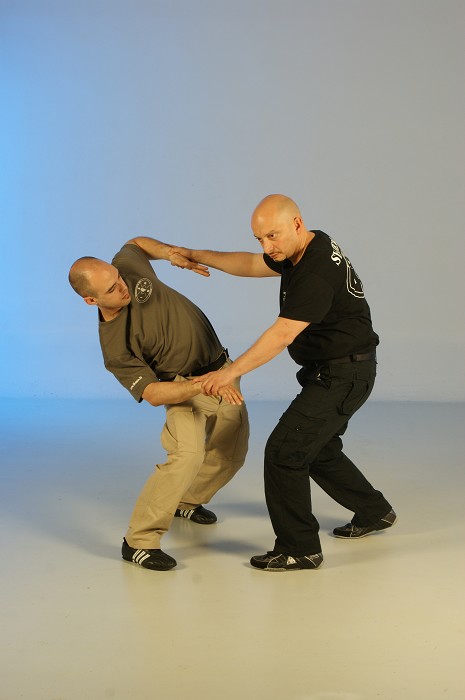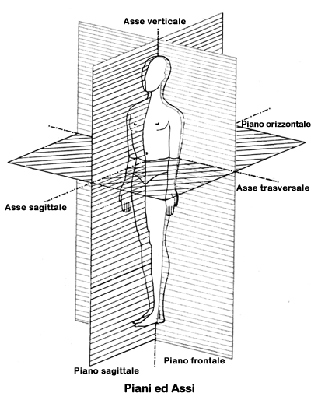A human body based system

SYSTEMA MORABITO: a three-dimensional sistema
The body is a complex system which included tens joints in order to guarantee a high agility and the capability of making complex movements. The basic categories of the body movements are: linear motion, reflection, translation.
Linear motion – is the most basic of all motion. It is a body motion along a straight line
Rotation - is a rigid body movement which, unlike a translation, keeps a point fixed. A rotation is simply a progressive radial orientation to a common point.
Helicoidally motion – en example is a screw which is subject to both rotation and translation.
A cardinal plane is a plane that passes through the midpoint or center of gravity of the body. The center of gravity is the point of which the body would balance if it were supported at only one point. The cardinal sagittal plane is the plane which divides the body into equal right and left halves. The cardinal, sagittal, frontal, and transverse planes of the body are shown in the figure.
Biomechanically, the anatomical planes may be useful for locating anatomical structures, but their greatest worth is for describing limb movements. Movements of most limbs occur as rotations of the limbs. Rotation occurs around specific axes of rotation and within specific planes of movement.
Anatomical axis
The anatomical axes correspond to lines that are perpendicular to the previously defined anatomical planes.
Axes that describes human motion: anteroposterior axis, longitudinal axis, transverse axis. Each axis is orientated perpendicular to one of the three cardinal planes of motion.
Longitudinal axis an imaginary line running down the center of the body perpendicular to the transverse plane
Transverse axis (or lateral axis) is an imaginary line running from left to right and perpendicular to the sagittal plane. The movement of your forearm and head is in a sagittal plane around a transverse axis (shoulder)
Anteroposterior axis (or sagittal axis or AP axis) is an imaginary line running from anterior to posterior and perpendicular to the frontal plane. It is defined by the intersection of a transverse plane with a sagittal plane
Examples of longitudinal, transverse and AP axes are shown in the figure







 +393911819410
+393911819410